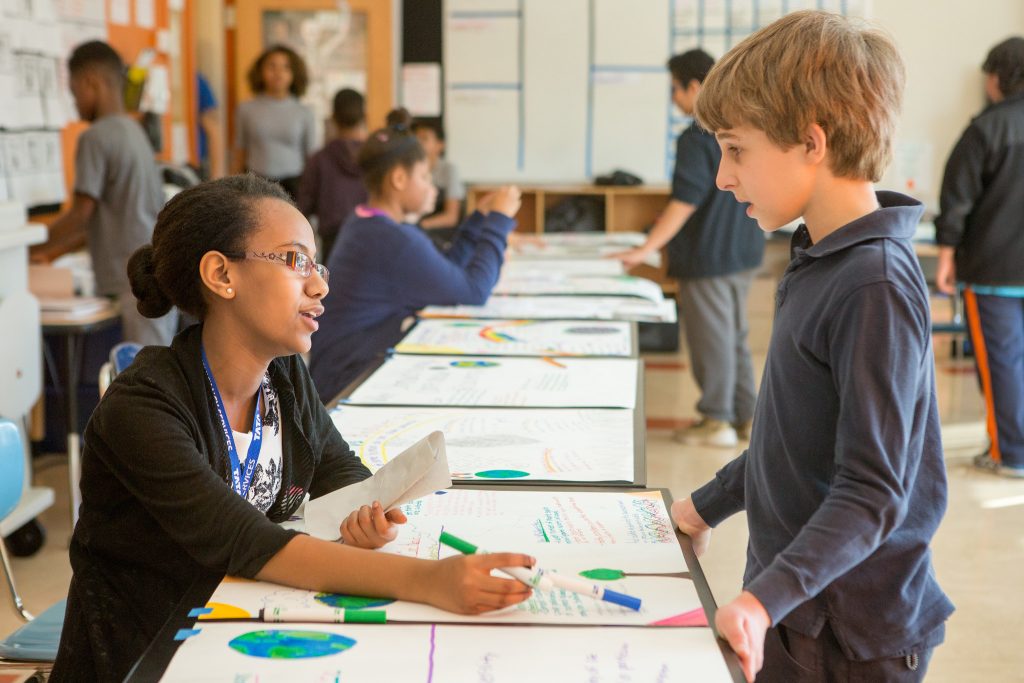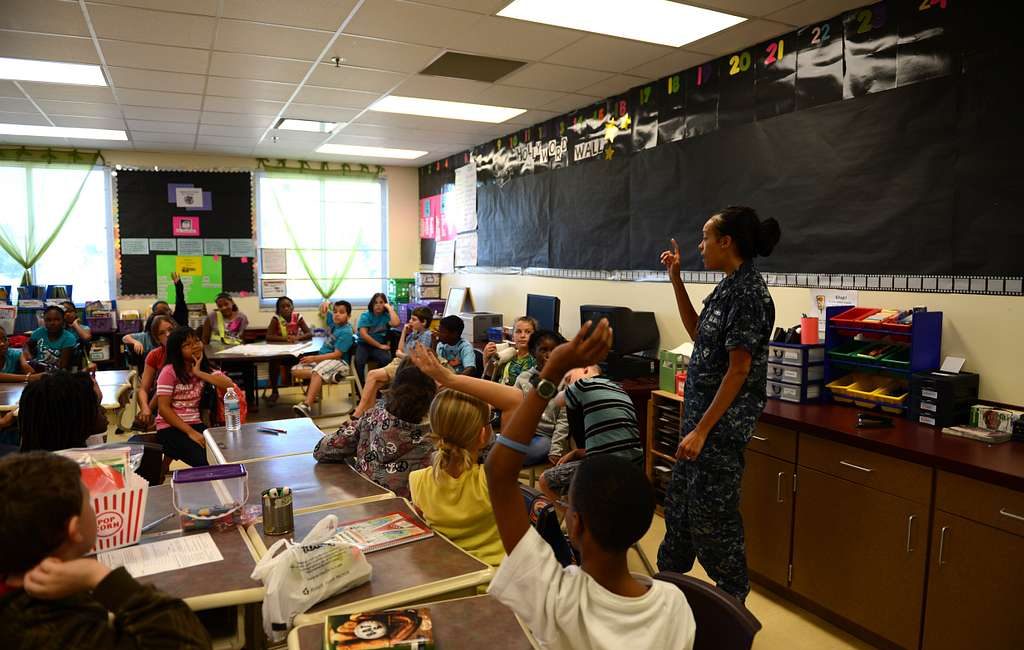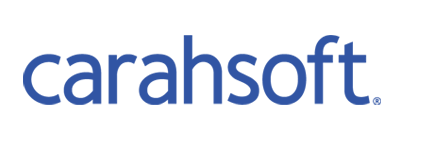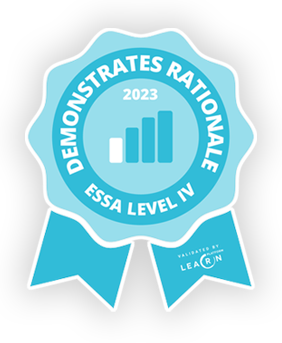Communication is one of the biggest keys to the human experience. In performing simple transactions, developing interpersonal relationships, negotiating and delivering presentations; communicating effectively is a human need. This is no less true in education. As a teacher, communication in the classroom is foundational to managing your students, supporting learning and feeling successful as a professional educator. Let’s dig into why communication in the classroom is important and how to establish effective communication that can boost learning outcomes.
The Importance of Communication in Education
Effective communication in education matters across the entire school environment, just as effective communication is important for success in everyday life. Whether it is communication between teachers and students or overall school communications from teachers, principals or administrators to parents and caregivers, good communication in schools runs across the school ecosystem. It establishes an environment where teachers, administrators, parents and students are able to work together to support student success. With that being said, this article more closely examines communication in the classroom from the perspective of the classroom learning environment and the teacher-student relationship.
Good Communication and a Positive Learning Environment
Just as communication is fundamental to fostering positive human relationships, it is also important in fostering a positive learning environment in the classroom. Through communication, humans process meaning and exchange thoughts, ideas, feelings and opinions with each other. By helping create a positive learning environment, good communication helps students feel comfortable and safe to express their thoughts, ideas, opinions and feelings. This dialogue with their teachers and amongst their peers allows for students to ask questions and express themselves without the risk of being judged, retaliated against or laughed at. This is vital for student learning and development.
Good Communication Skills and the Teacher-Student Relationship
Building strong teacher-student relationships can help students learn and grow. The foundation of those relationships is what all good relationships are based on–good communication and trust. Establishing good communication in the classroom helps build that sense of trust between the classroom teacher and their students. It creates a supportive teacher-student relationship, which according to studies done at the University of Missouri’s Department of Educational, School and Counseling Psychology, creates a number of positive impacts including student motivation, participation, engagement and achievement. The lead researcher in the study, Christi Bergen, says that the study found that “students tend to be more motivated to learn and be engaged in the classroom when their teacher likes and cares about them.”
From a developmental perspective helping students establish good communication skills is also vital to a successful educational journey and beyond. This fact is another reason why communication in education is so important.
Experiencing positive student-teacher relationships is important throughout a student’s educational journey, but, according to several academic studies that measure the effects of a good student-teacher relationship on pre-school students, it is especially essential early in a student’s education because it builds a foundation for future educational expectations.
The Importance of Effective Communication Skills for Teachers
Communication with kids can have the same complications as communication between adults. There can be misunderstandings and unintentional missteps that can lead to negative outcomes. The goal is for teachers to reduce these misunderstandings and missteps in order to create that positive learning environment discussed earlier in this article.
Classroom management is an essential component to establishing a learning environment that can build trust and respect between students and their peers and between students and their teachers. Good communication skills are the building blocks of effective classroom management. Improved communication can help minimize frustration and stress and make a space where students are inspired to learn their best.
Several studies conducted over the last 20 years show how an interactive, nurturing and engaging learning environment can raise a student’s motivation for learning, which can be a key factor in raising a student’s academic achievement. By raising a student’s motivation, employing and teaching good communication skills in the classroom can create more productive classrooms and help pave a path for student success.

Strategies to Create Effective Communication in the Classroom
Effective communication between teachers and students can sometimes be a challenge. Learning and applying strategies to improve class communication can go a long way in creating a positive dialogue between students and teachers. These strategies are also helpful in addressing different personalities and learning styles that inevitably make up a classroom. Not everyone expresses themselves the same. Working within a communication structure that supports clear and consistent communication but also allows students to be comfortable in their self-expression can go a long way in establishing good teacher student relationships. Effective communication also includes body language, eye contact, keeping personal spaces and moving about to vary interest and keep student’s attention.
Some effective teacher student communication strategies include:
- Active listening
- Positive feedback
- Open communication
- Using different communication methods
- Peer to peer communication
- Open and safe learning environment
Employ Active Listening
Listening is essential to communication. We often think of listening as hearing, but that is not necessarily the case. Listening attentively and with purpose means we make space to be more conscious of the act of listening. We listen to not only glean a speaker’s intent, but reflect on what they are saying and be able to deal with the knowledge we have gained. An active listener makes eye contact with the speaker and gives them their full attention, which in turn motivates the speaker to continue to express themselves. Employing active listening allows students to express their thoughts, but also feel their thoughts are heard and valued.
Learning to use and demonstrate active listening skills enables you to:
- Offer better assistance to students
- Improve instruction
- Build better relationships and understanding within the classroom
- Allow better peer connection
Emphasize Positive Feedback
Building your communication skills for teacher student interactions that emphasize positive feedback can go a long way toward creating a productive learning environment.
Emphasizing positive feedback means:
- Focusing on what students have done well, not only what they have gotten wrong
- Demonstrating and rewarding positive behavior instead of punishing negative behavior
- Pointing out what students accomplished before showing them how to improve
- Directing attention to building skills over time than getting it right the first time
This emphasis on the positive sticks with students instead of constantly pointing out what they got wrong, which can cut off a student’s motivation. In addition, knowing what you got right gives you something to build from. This emphasis on improvement can motivate students to continue working and learning because they feel they are on the right track. Framing feedback as something to work on and not something that was wrong helps students believe they can accomplish a task and builds that supportive learning environment along the way.
Emphasizing positive feedback can also be demonstrated in the classroom by making space for you as the teacher to get feedback from your students. Ask them how you can improve? Ask them what you got right? Ask them to help you become a better teacher. This can show that you appreciate and value student opinion and show students that you are a life-long learner and want to continue to improve also.
Concentrate on Open Communication
Open communication means that everyone in the classroom space is able to express their ideas with one another instead of a lecture style where the teacher is doing all the talking and students are expected to remain quiet. Learning to express your ideas, thoughts, feelings and opinions is a part of developing as a human being. This takes time and often includes building your confidence to do so. The more open communication is in the classroom the more confident students become in their own communication with both their teacher and their peers.
One way to do this is to offer open-ended questions to students. An example of this is asking students questions about a book they have read. A closed question would be to ask where the book was set. An open-ended question would be to ask how you think the setting affected the way the characters interacted with each other. This gives students the freedom to express their ideas and thoughts.
But do not stop there, the next step is to employ a tactic of asking a probing series of linked questions where students can further elaborate on their ideas, thoughts and opinions. This may include asking about how the setting affected each of the characters differently, and then more questions about how those actions made the story more interesting. This helps as well to sustain dialogue between students, especially if you have them discuss their opinions in pairs or small groups.
This all works to build student confidence for both learning and communicating. In addition, setting up learning activities that encourage collaboration helps students build their confidence with each other as well. Collaborating in pairs or in small groups for discussions and projects allows students to build transferable skills through peer communication and navigating group dynamics.
Confidence building can also be done through:
- Thought-provoking tasks that include idea sharing and problem solving
- Projects and assignments that engage critical thinking skills
- Offering choices where students can voice their needs and interests, but also challenge their skills
Refine the Use of Different Communication Methods
Communicating with students in a clear, consistent and productive way can take practice. Not all students will want to express themselves and reluctant learners are members of every classroom. Allowing for different forms of expression, not only speaking, but writing and drawing as well, can help make the classroom more inclusive to different types of learners and communicators too.
Establishing ground rules and setting a routine within the classroom also sets up clear expectations for students and builds effective communication in the classroom. It also gives you an opportunity to communicate with students using different methods, verbal, written and visual.
Having students take an active part in establishing ground rules can be beneficial too. Ask them what rules would help show respect in the classroom or what rules would be helpful in staying on task or doing their best work. Write the rules down so they are visible. You can even make the visual representation a class project. Creating a set routine for the classroom can also be done in a similar way.
The key is to form multiple communication channels throughout the day to build an ongoing teacher student dialogue. Varying the mode of communication can also enhance student engagement, encourage different forms of expression, and give everyone a chance to be heard.
One on one communication can also be effective, especially when addressing individual styles or issues. Allowing the door to be open and actively letting students know that is important, as is setting times where students can reach out or where you can set up the opportunity to talk with a student. Set some ground rules around one on one meetings, including goals, objectives and timing.
Other forms of communication opportunities that do not include speaking are:
- Reflective worksheets
- Feedback forms or emails
- Letters to the teacher
- Class blog posts
- Work checklists
- Hanging wall organizers or folders
Employ Peer to Peer Communication Opportunities
Encouraging peer to peer communication is also important in helping students learn to communicate with each other and not just the teacher. Engaging in collaborative or group activities within the classroom can help build peer to peer communication skills.
The skills students need to employ for effective peer to peer communication is the same as setting up a positive learning environment. Demonstrating how to:
- Actively listen and asking students to employ that in their peer to peer activities
- Focus on the positive and set parameters for students to employ that method as well
- Ask open-ended questions and ask students to practice doing so in their small group exercises
The same process of setting up classroom ground rules can be done with setting up the guideposts for students to practice and employ good peer to peer communication skills.
Set Up a Safe and Open Environment
We covered how important a positive learning environment is to motivating student learning. Creating a safe, inclusive and supportive environment where students are engaged with learning, feel connected to the teacher and their peers, and are supported to learn and do their best is crucial to student success.
Active listening, positive feedback and an emphasis on confidence building all help create an environment where students feel comfortable in expressing their thoughts, opinions, ideas, perspectives, and feelings. They know they can ask questions and ask for help in a non-judgmental space where talking about what is important to them is accepted and valued.
This open and safe environment also supports collaboration and encourages communication between students. They can actively learn to listen to one another and ask questions in a respectable and constructive way.
The specifics of applying these strategies may look different depending on the grade level that you are teaching, but whether you are building your skills for communication with elementary students, or middle or high school students, these strategies for communicating with students remain fundamentally the same.
Good Communication in the Classroom Affects Good Learning Outcomes
Effective teacher student communication is fundamental to learning outcomes. Just as communication is key to so much you do as a human, so too is good communication in the classroom in supporting student success. Employing effective communication strategies as a teacher helps build strong student relationships and a positive learning environment. Both of which are fundamental to improving student motivation, participation, engagement and achievement. Establishing effective communication in the classroom is foundational to supporting student learning and growth for a successful educational journey and beyond.





